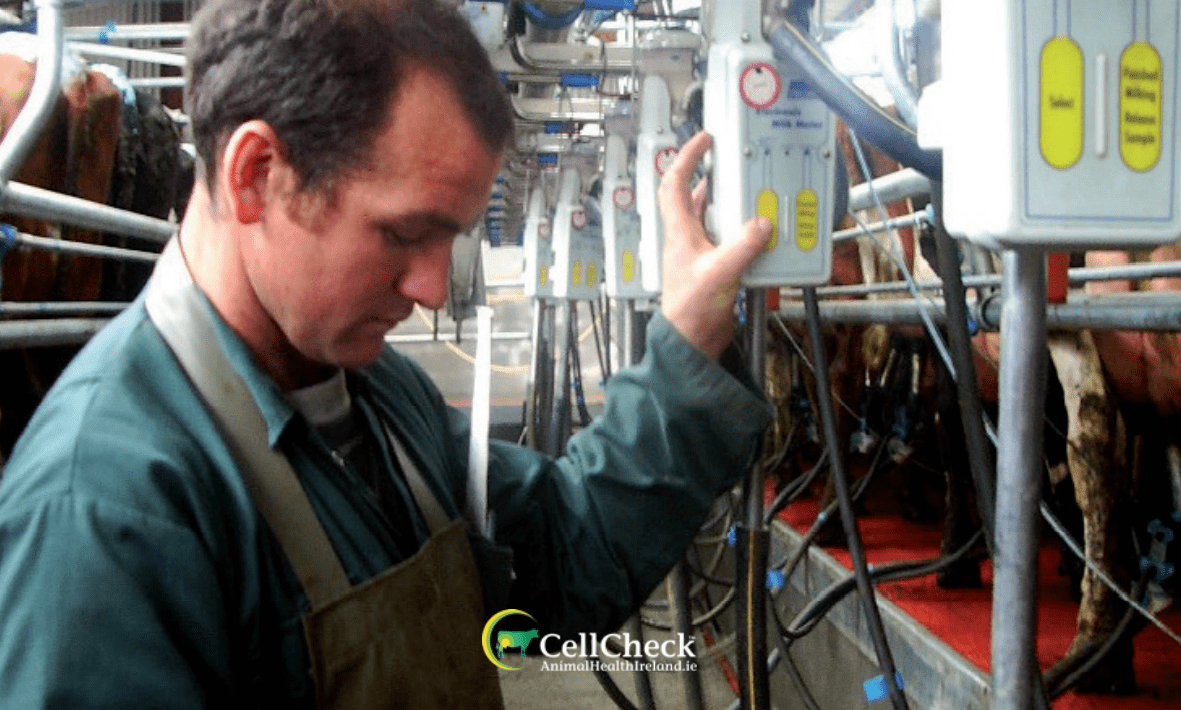Milk Recording – What’s not to like? – Michelle McGrath, Assistant Cell Check Programme Manager
The aim of this month’s topic is to encourage those of you that do not milk record to begin doing so. Motivating people to milk record is a bit like motivating people to start exercising in January! It’s a cliché of exercise that the ‘first step is the hardest’. It can feel like that short walk from your front door to the park, or the gym has many obstacles but once you begin exercise you feel better for it. It is the same with milk recording. Committing to doing it is the most difficult part because once you start and see the benefits it brings you won’t want to stop. To get the most from your milk recording,
book your first milk recording for 6 weeks after you started calving. Do not wait until all the cows have calved, as the earlier you begin in lactation the more information it will provide.
Herds that are milk recording get a CellCheck Farm Summary Report after each recording highlighting the areas of good mastitis control and areas that could be improved. Milk recording identifies and facilitates the management of problem cows and has the potential to dramatically improve milk price by decreasing your herds overall SCC. What’s not to like!
A number of resources are available to help farmers understand the summary report including milk recording organisations, veterinary practitioners and advisors. Make use of this support as failure to act on the milk recording results limits the potential benefits from milk recording.
The most obvious benefit of milk recording is that it allows you to track your best and worst producers. This enables you to make management decisions such as which cows are underperforming and may be suitable to cull, or which cows are high performers and are more suitable for breeding replacements. Milk recording adds significant value to any surplus breeding stock being sold off the farm and if a cow has to be culled for TB, higher levels of compensation will be available if they, or their ancestors have been milk recorded.
To get the best information from milk recording, the first milk recording should be done within 6 weeks of calving and the last recording within a month of drying off and the remainder spread out during the rest of the lactation. For milk recording to inform both mastitis management and drying off decisions, you need to do at least 6 throughout the lactation. ICBF coordinates the Irish milk recording service and there are two types of milk recording services available, the Recorder service or the Electronic DIY service. Contact your local milk recording organisation to find out more and to book in your first recording now, to get the date that suits you!




